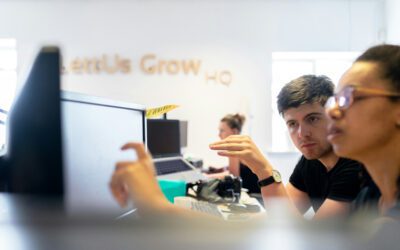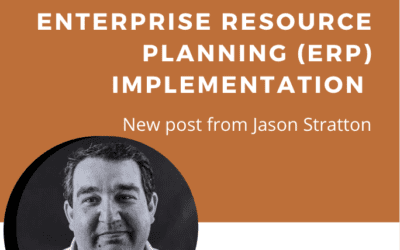The past 25 years of my career in manufacturing, and especially my last 4 years as a consultant, have been filled with lessons about making things better, and mostly learning about human nature. Here are some important lessons I’ve learned from working with Oregon manufacturers across sectors.
It doesn’t matter what I know, it only matters what someone else can hear and absorb
People learn at their own speed, in their own way, based on their individual perceptions and histories. As a consultant, it’s not about finding the best solution right off the bat all the time (although in the beginning of an engagement a visible and tangible win is necessary to building credibility), it’s about creating an environment that enables another person to learn, integrate the learning, and apply the learning in a way that moves an organization forward. Sometimes, this means slowing my pace down, enduring the discomfort of not checking things off my task list and remembering that if this person “gets it”, there will be another champion churning the company through its transformation.
In order to succeed, people need to have processes in place that support their success
If standardized, predictable process are not visible or practiced, the people doing the work will not be set up for success and tribal knowledge will be the common language in the organization. As human beings we make 5-7 mistakes per hour just because we are humans.
As Deming says 94% of troubles belongs to the system (responsibility of management), and 6% to other circumstances. I don’t have my own hard data, but from my experience the numbers seem valid. There is typically a latent cause creating “people” mistakes. In general, if there isn’t a standardized, visible process for people to follow, a “people” problem is not a valid root cause.
In other words, the impact due exclusively to a person’s direct action, without interaction with the system and with others, is very small in comparison to that of the systems/processes within which they work.
It’s not about me
Egos and consulting don’t really go hand-in-hand. I’ve found that more often than not, I need to get out of my comfort zone to get in someone else’s zone. Whether it’s communicating more authoritatively to move a project forward, or allowing a client to look at me like I have 2 heads because I’m proposing what seems to them a ludicrous idea , I don’t have to worry about what they think. In all these cases, my main goal is to build change from within an organization in a way that is sustainable for them (not me!). Really, this isn’t only about consulting. When I remember that people see things differently and there really isn’t a universal truth (just a bunch of perceptions) it becomes easier to adapt my communication style and internal pace to create productive engagements.
The number one need for all human beings is a need for connection
As a consultant, sometimes it’s just necessary to create a space and make the time for different minds to meet and voice challenges, fears, and the like rather than check status and progress.
Fear is a big driver to resistance
People are generally good and want to do well. If there’s a “people issue”, understanding what their perceptions and underlying beliefs are and really hearing them and connecting on those things clears the space to move forward.
Paper and sticky notes are powerful tools
I love my computer, but when it comes to interacting and working with others, having a medium outside the computer hands down works the best. If something is being discussed on a computer, there’s no room for change or interaction. The screen is the boss of the meeting and participants are listeners. Working on a whiteboard or with stickies allows everyone to be involved and sets the stage for change by all involved. I dare you to try it.
The plan, do, check, act cycle is a necessary process to solve problems
Figuring things out in a conference room tends to add time and non-value added processes. Rather than working to understand a problem, time is spent figuring the sequential list of tasks that will lead you to the answer. The problem is that typically, only the first or second task is valid and then another unplanned outcome comes up. Rather than spending time planning, get out and do an experiment and leap frog from that outcome to determine the next step (experiment). Essentially, focus on doing a lot of little experiments rather than figuring it out all upfront.
The bottom line
If I had to sum up everything in one sentence, the biggest learning has been that creating a welcoming space for people to be their best and supporting human nature will make the difference between long term success and failure, even in the business world.
This doesn’t mean creating a bunch of kum ba ya experiences, or that I’m not concerned with strategy, technical, and financial aspects of business. Business have typically been pretty good about the analyzing the “hard” facts. Perhaps it’s time to honor the human side a little more and see the workforce as a must-have to becoming competitive.



